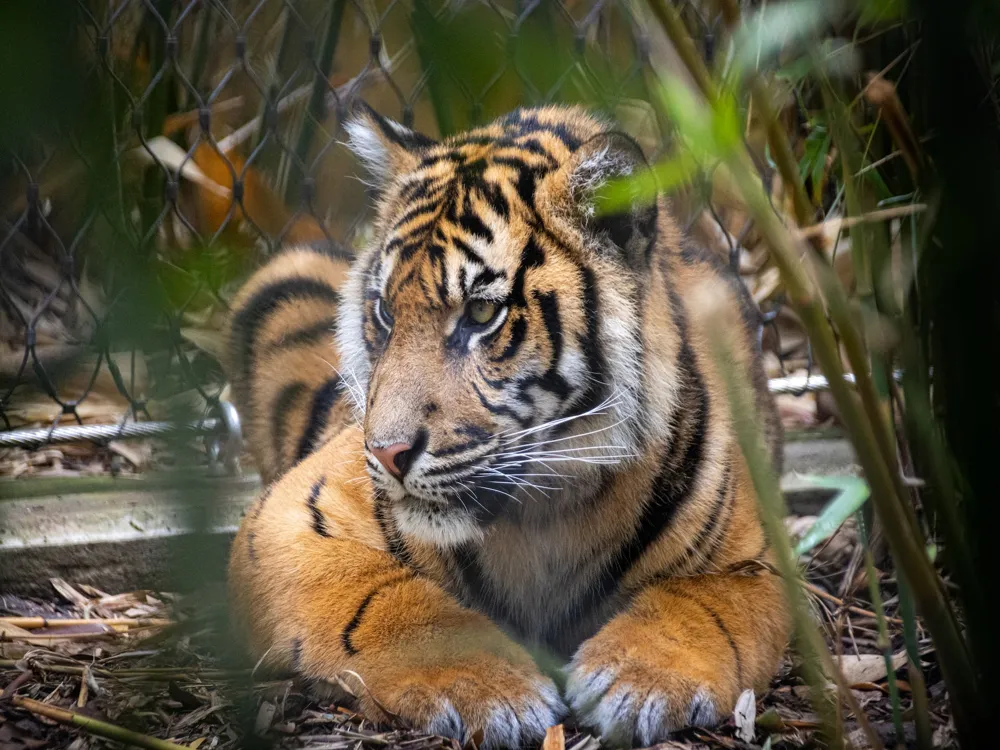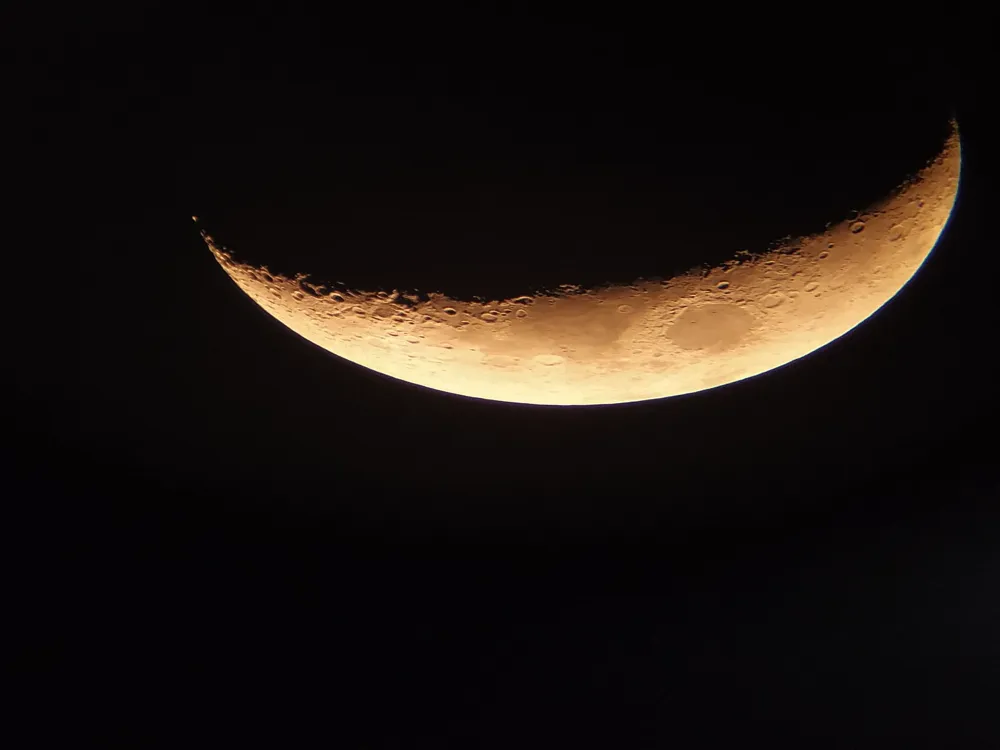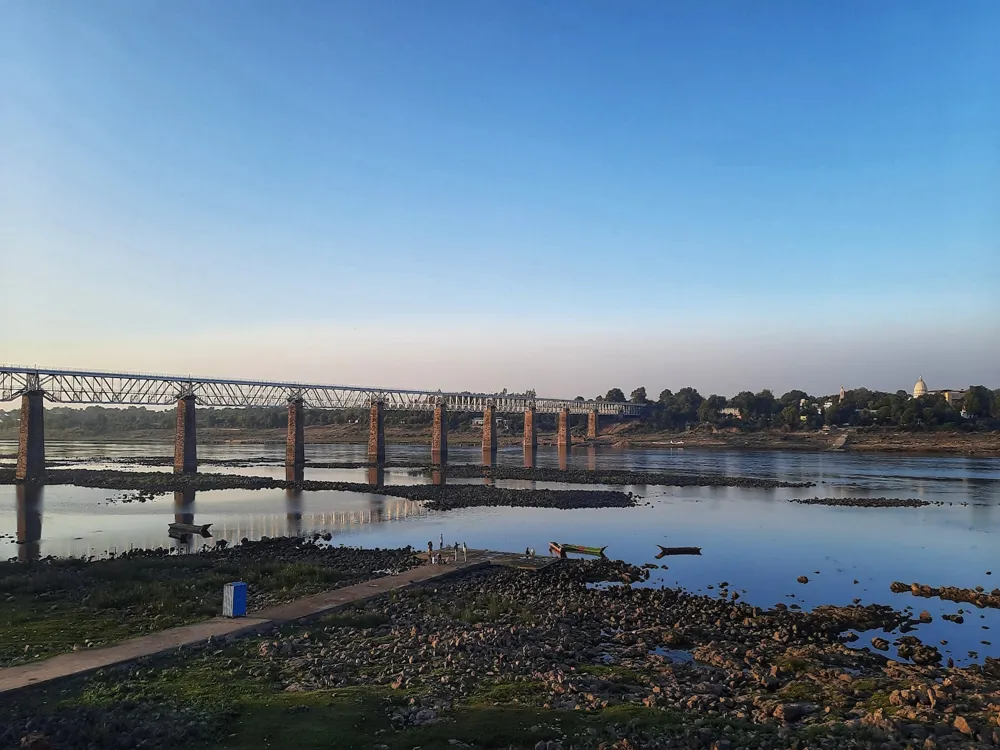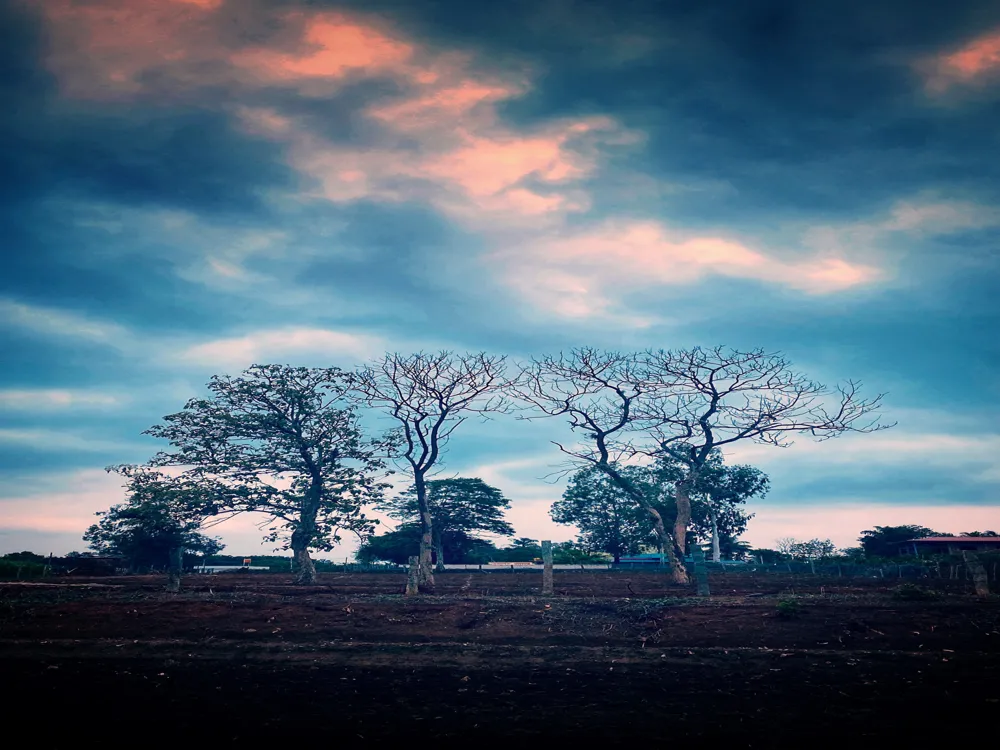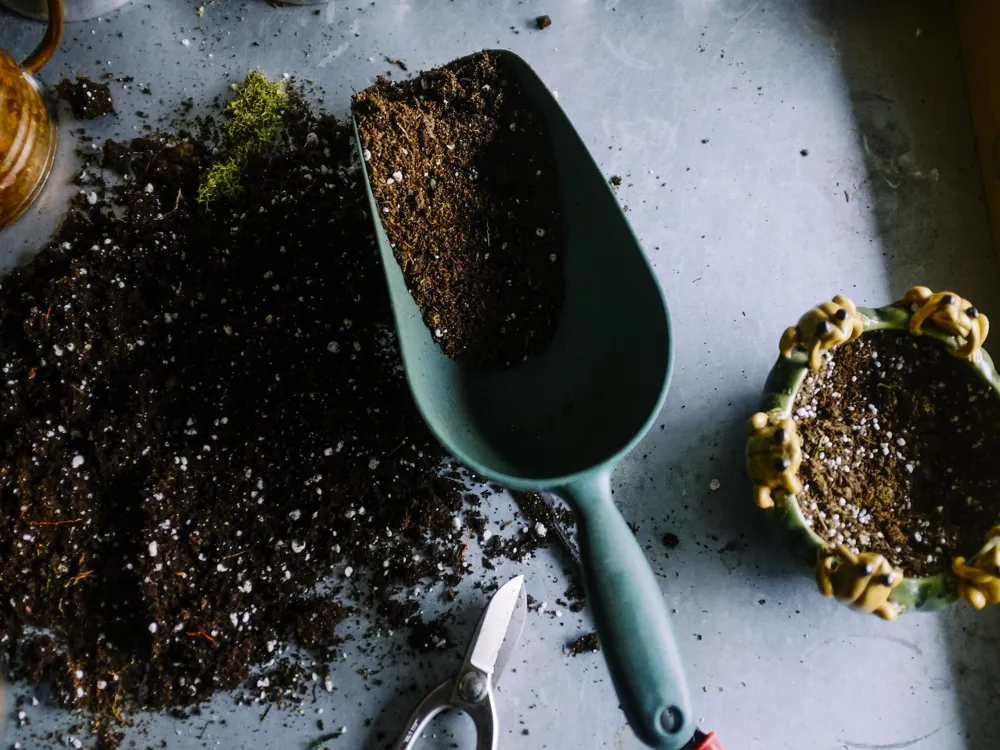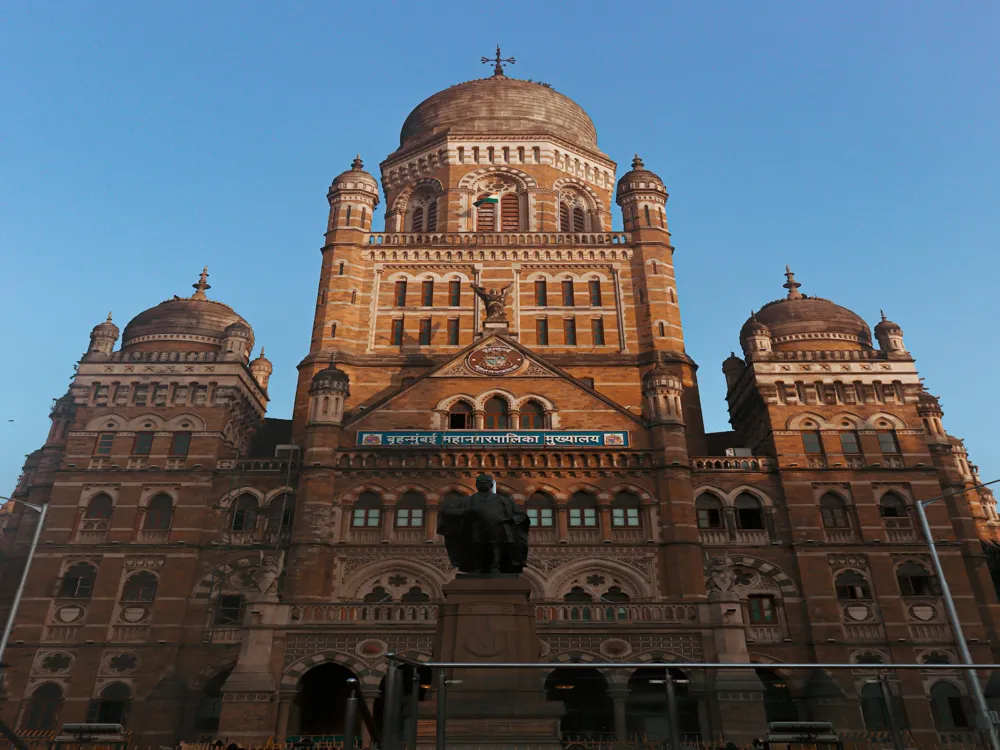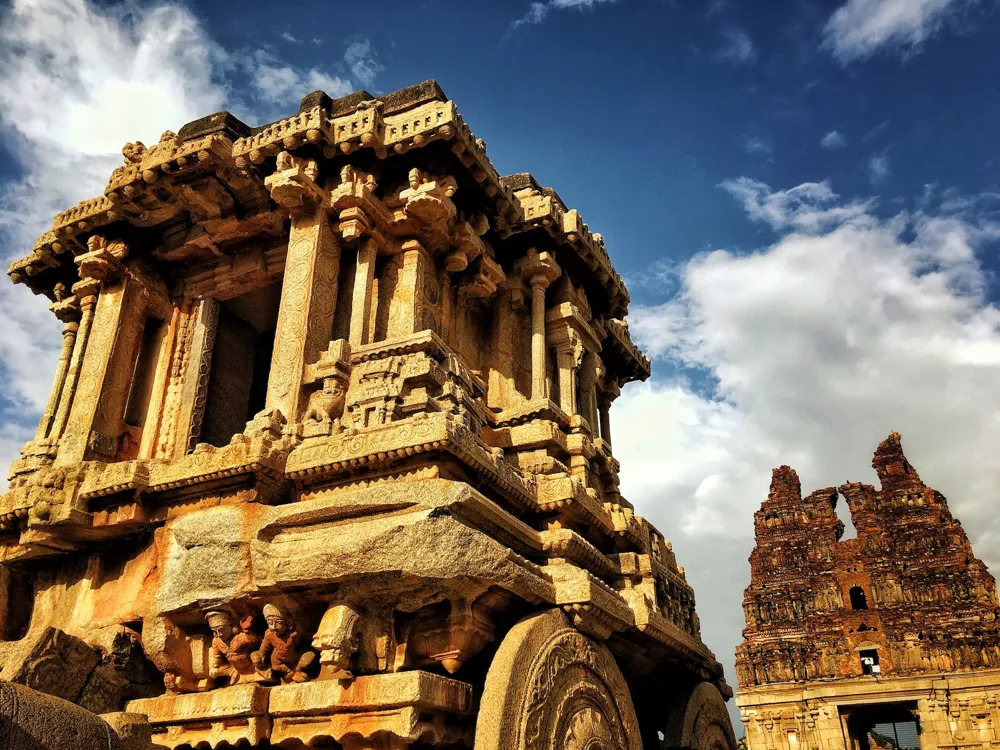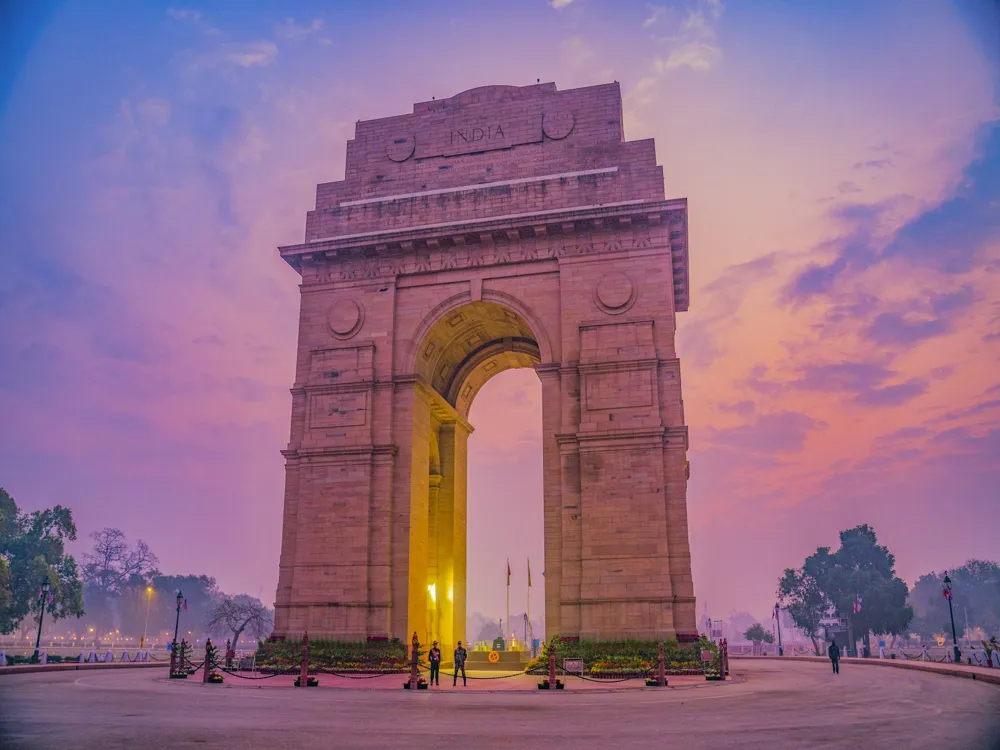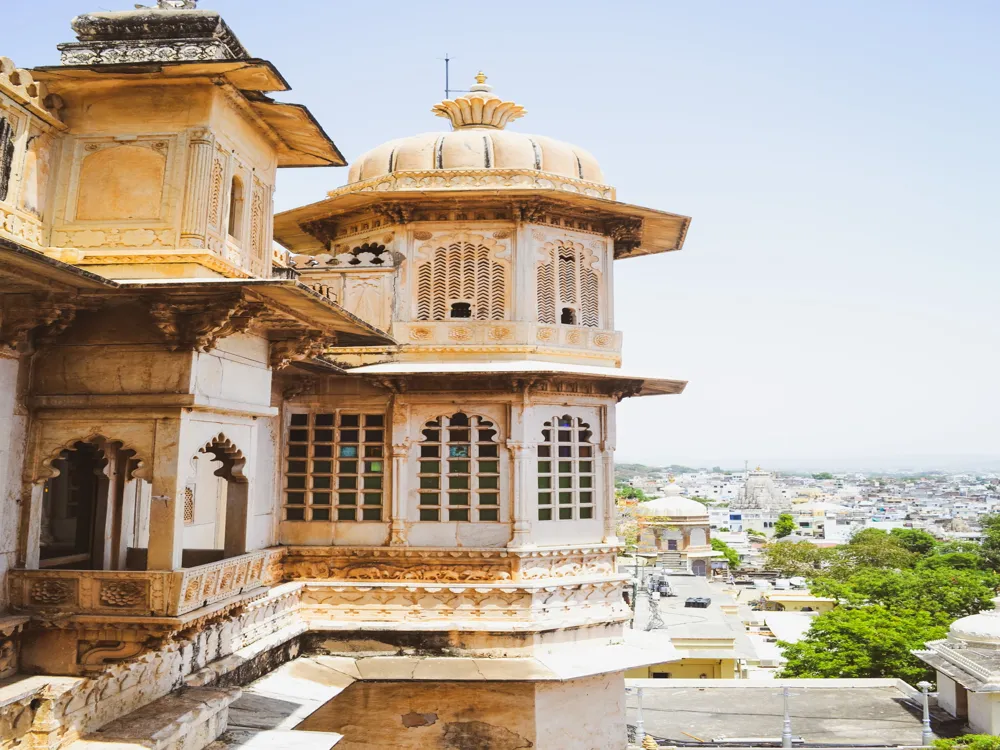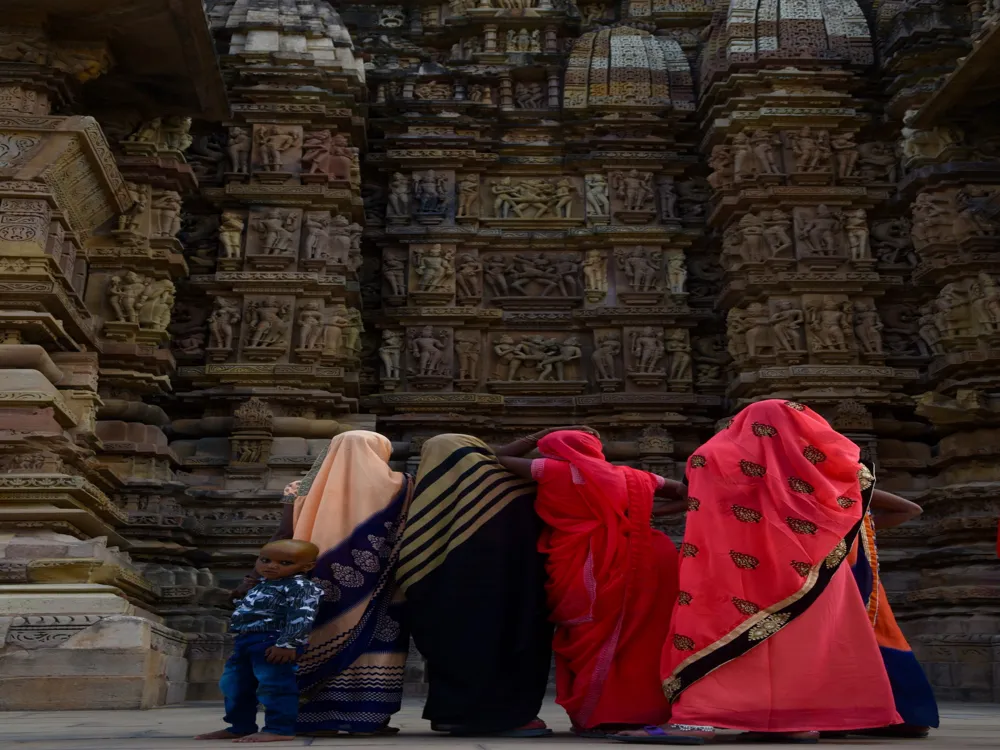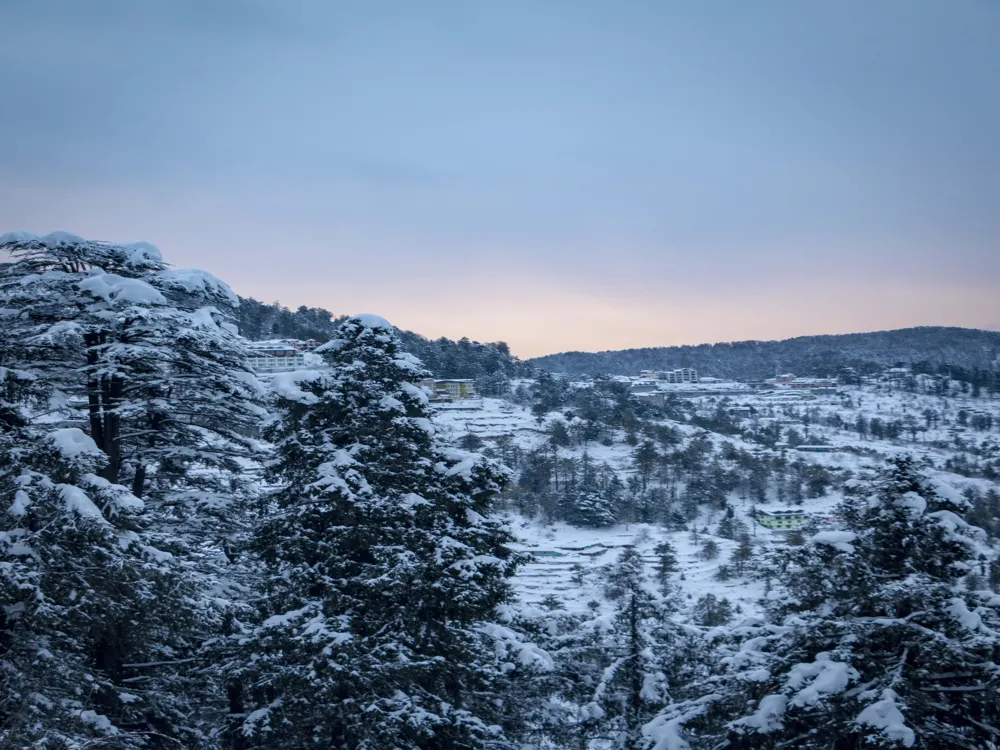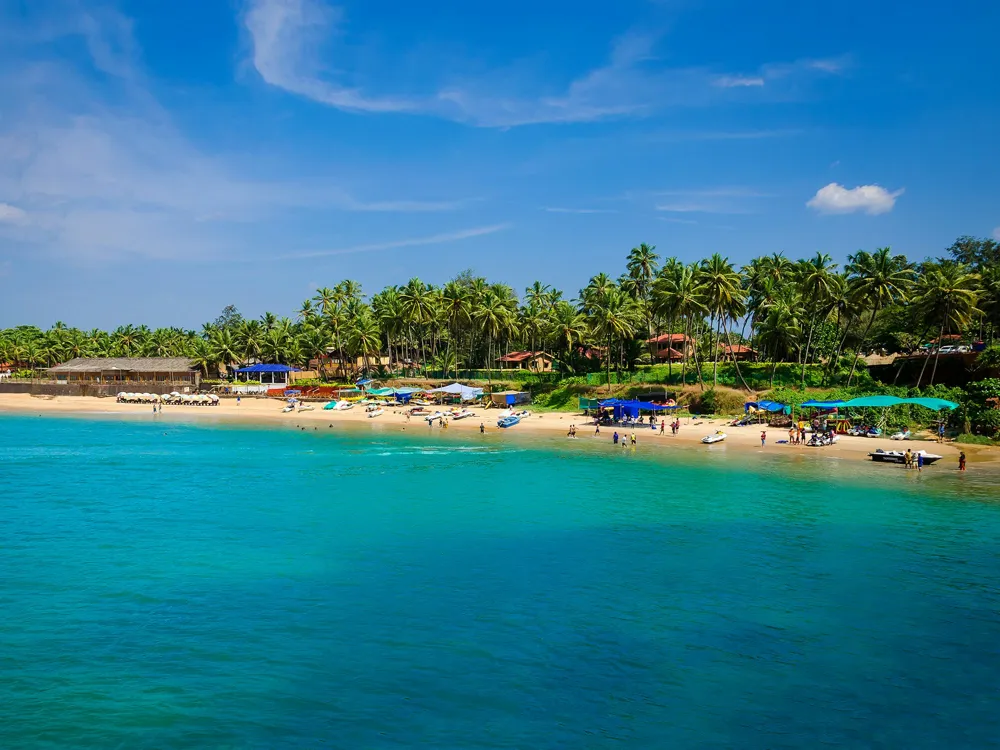Best Time to Visit Jhansi
Uttar Pradesh India
13 out of 27 Places to visit in Uttar PradeshNaN onwards View Packages
Get Customized PackagesThe Land of Diversity
Top Hotel Collections

Private Pool

Luxury Hotels

5-Star Hotels

Pet Friendly
What is the Best Time to Visit Jhansi?
Planning a trip to Jhansi? Choosing the right time to visit this historical city can significantly enhance your travel experience. Jhansi, nestled in the heart of India, offers a diverse range of climates throughout the year, each with its unique charm. Whether you're a history buff exploring the majestic Jhansi Fort or a nature enthusiast reveling in the beauty of Rani Mahal, timing is crucial. Let's delve into the seasons and find the best time to visit Jhansi.
More about the Best Time to Travel to Jhansi
Travel Peak Season in Jhansi
The peak season in Jhansi spans from October to March when the weather is pleasant and conducive for outdoor exploration. During these months, the city witnesses an influx of tourists eager to explore its rich historical heritage. The Jhansi Fort, a symbol of bravery and resilience, stands majestically against the clear blue skies, providing a picturesque backdrop for your visit.
Travel Offseason in Jhansi
For those seeking a more tranquil experience, the offseason from April to June might be your ideal window. While the temperatures rise, this period offers a unique charm, with fewer tourists crowding the popular attractions. You can explore the city at your own pace, savoring the quietude that envelops the historical sites.
Jhansi Travel Packages
View All Packages For Jhansi
Jhansi in Shoulder Season
The shoulder seasons, spanning July to September, provide a balance between the extremes. The occasional showers bring life to the arid landscapes, creating a lush green environment. This is an excellent time for budget-conscious travelers, as accommodation prices tend to be more reasonable compared to the peak season.
Jhansi in Hot Season
The hot season, from April to June, presents a different facet of Jhansi. While temperatures soar, this period offers unique opportunities to witness local life and festivities. Engage with the vibrant culture as the city comes alive with various events and celebrations.
Jhansi in Rainy Season
The rainy season, from July to September, transforms Jhansi into a verdant paradise. The freshly washed landscapes, combined with a pleasant climate, create an enchanting atmosphere. However, it's advisable to check weather forecasts, as occasional showers may impact outdoor activities.
Jhansi in Cool Season
The cool season, from October to March, is undoubtedly the most popular time to visit. The comfortable temperatures make exploring the historical sites a delight. From the iconic Jhansi Fort to the tranquil Rani Mahal, every corner of the city beckons with a sense of history and grandeur.
Places To Visit In Jhansi
Nearby Places Jhansi
Jhansi Photos
View All Photos For JhansiBrowse Package Collections
Browse Hotel Collections
Faq
Q1: When is the ideal time to plan a visit to Jhansi?
A: The best time to visit Jhansi is during the winter months, from October to March. The weather is pleasant, making it conducive for exploring the historical sites and enjoying outdoor activities.
Q2: What makes winter the preferred season for a Jhansi visit?
A: Winter in Jhansi, spanning from October to March, offers a comfortable climate with temperatures ranging from 8 to 25 degrees Celsius. This ensures an enjoyable experience without extreme heat or cold.
Q3: Are there any specific events or festivals during the recommended months?
A: Yes, the Jhansi Mahotsav, usually held in February, is a cultural extravaganza showcasing the rich heritage of the region. It's a great time to witness traditional performances and immerse yourself in the local culture.
Q4: Is it advisable to visit Jhansi during the monsoon season?
A: While the monsoon season (July to September) brings lush greenery, it also sees heavy rainfall. It might not be the best time for outdoor activities, and certain historical sites may be affected. Travelers are advised to check weather conditions before planning a visit.
Q5: How hot does it get during the summer months in Jhansi?
A: Summers in Jhansi, from April to June, can be quite hot, with temperatures soaring above 40 degrees Celsius. It's not the most comfortable time for sightseeing, but if you can tolerate the heat, you may find fewer crowds.

